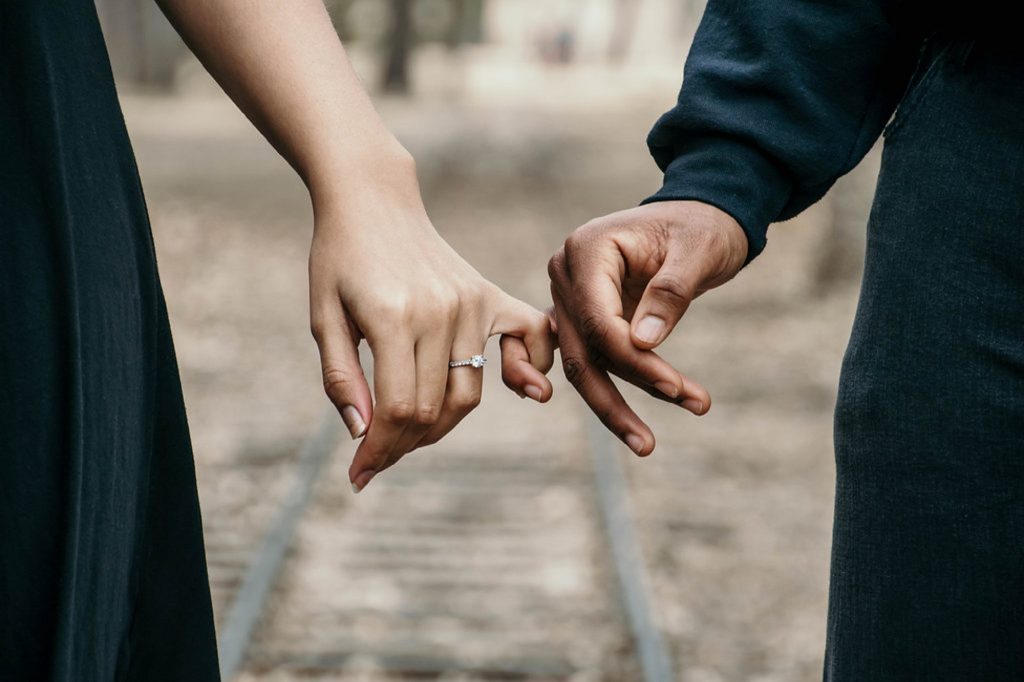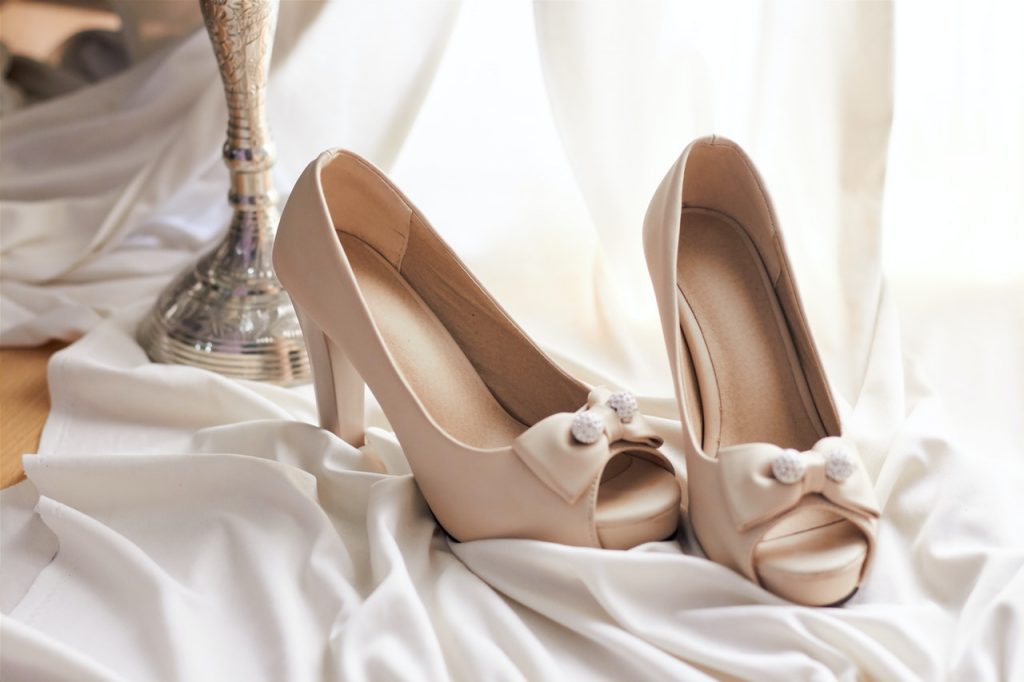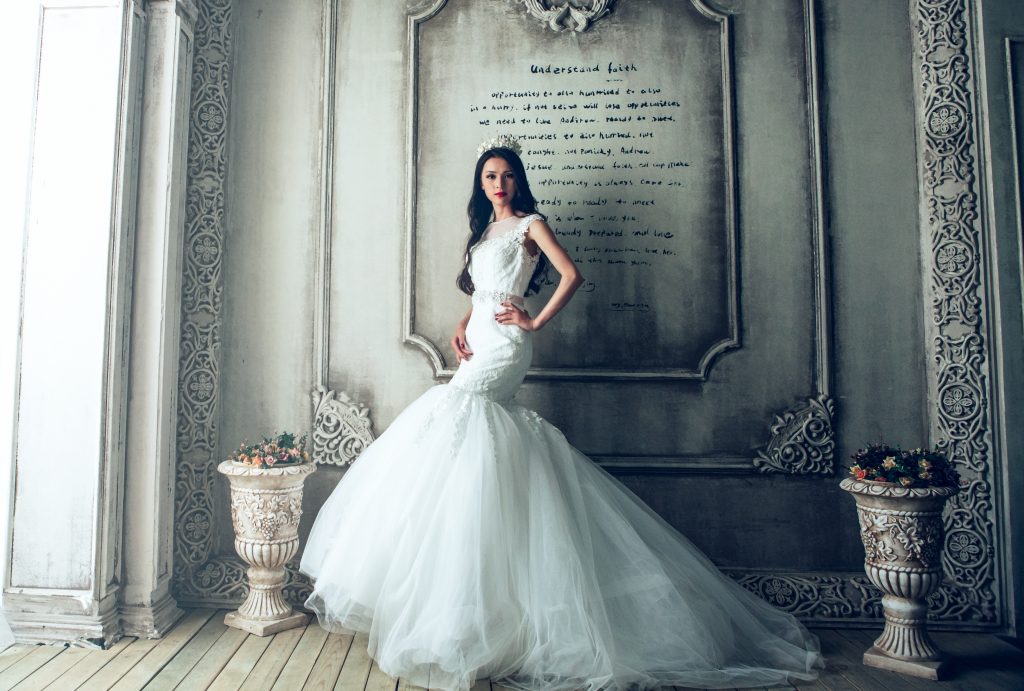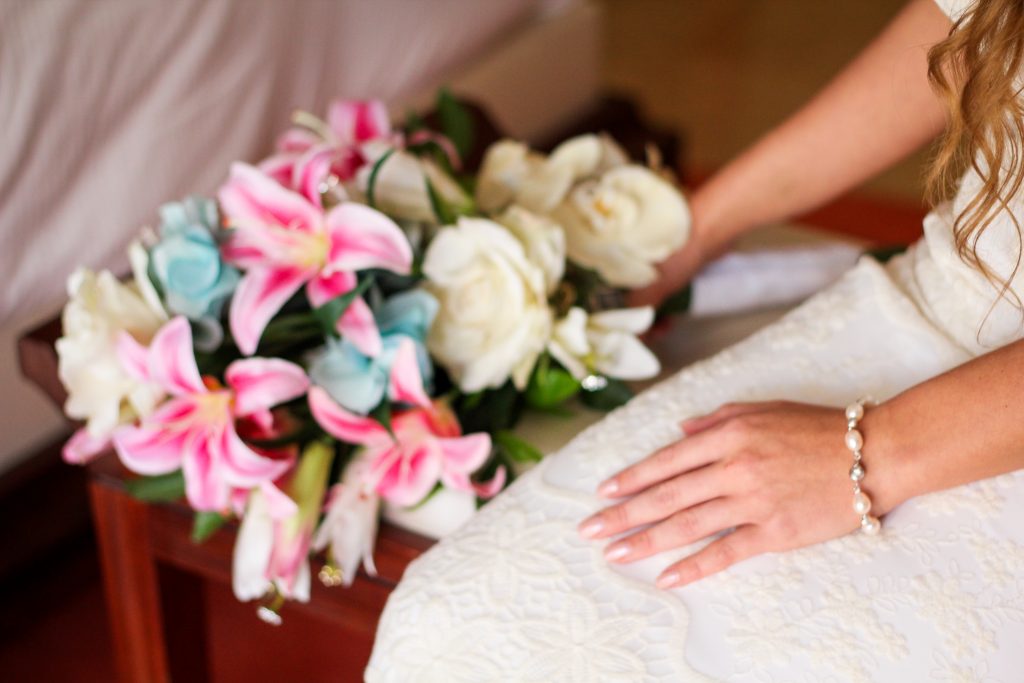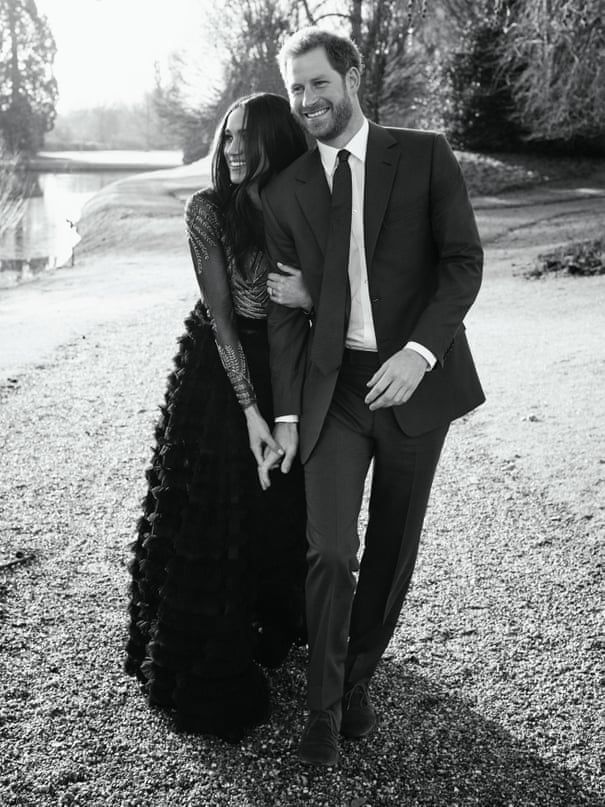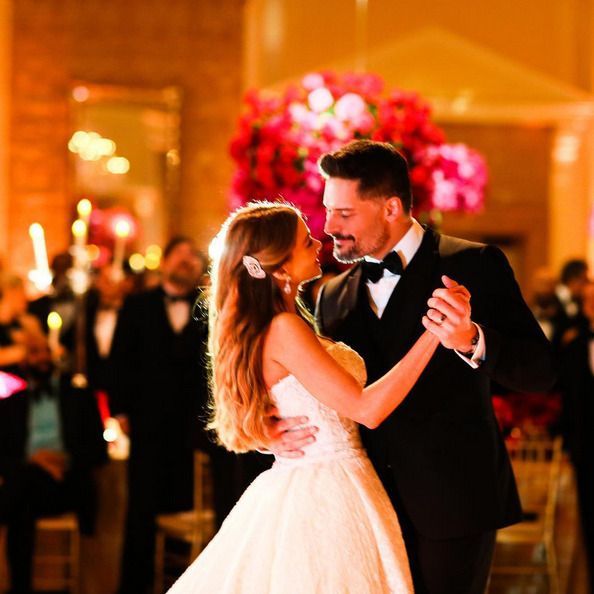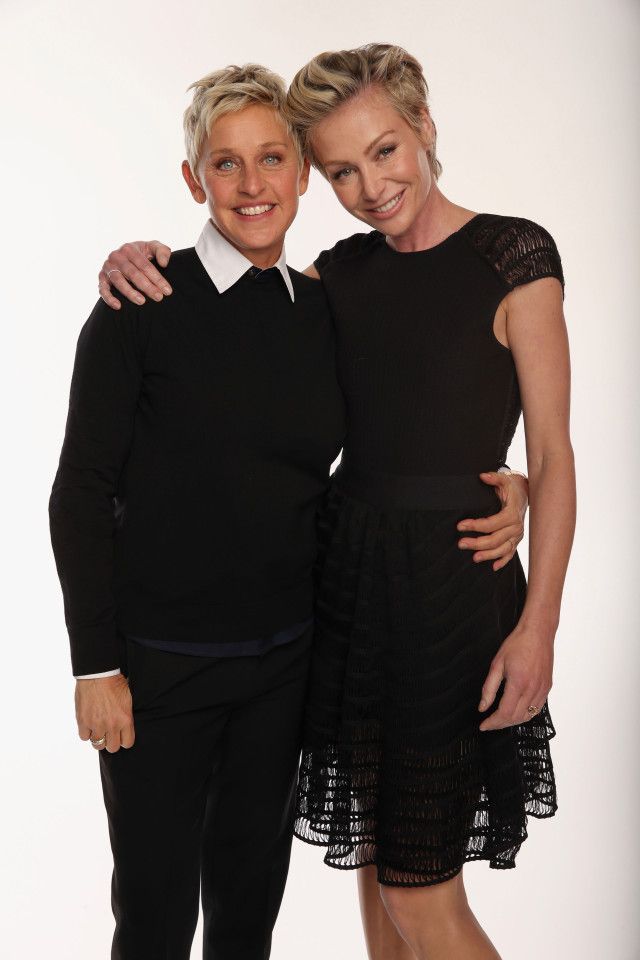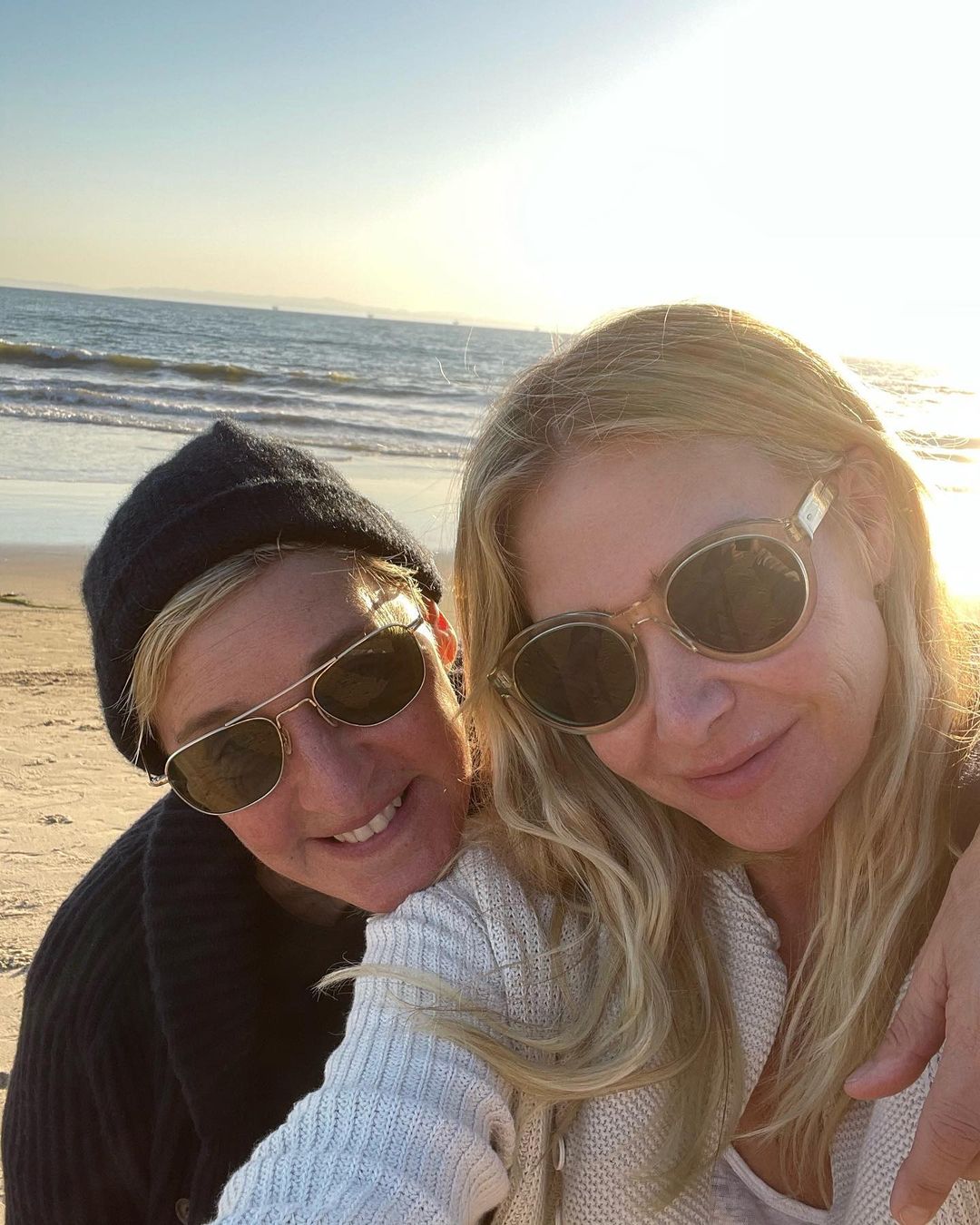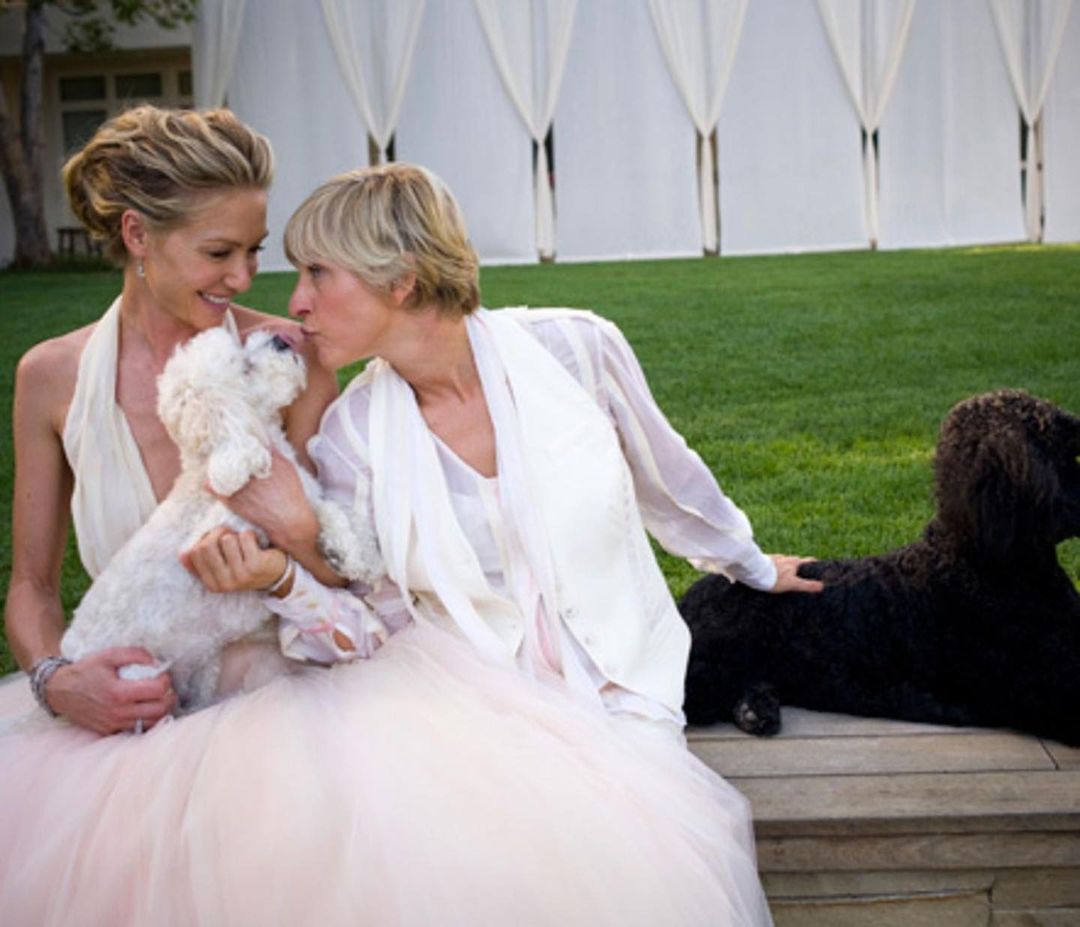The South African Law Reform Commission (SALRC) is considering introducing a single marriage statute for the country. In a discussion paper, two alternative draft bills are being proposed to recognise relationships and marriages by parties, regardless of their unique backgrounds.
The two bills are:
– The Protected Relationships Bill; and
– The Recognition and Registration of Marriages and Life Partnerships Bill.
“The Bills seek to provide for the recognition of protected relationships or of marriages and life partnerships, entered into by parties regardless of the religious, cultural or any other beliefs of the parties, or the manner in which the relationship was entered into; to provide for the requirements for entering into a protected relationship or a marriage or a life partnership; to provide for the registration of protected relationships or marriages and life partnerships; to provide for the legal consequences of entering into protected relationships or marriages and life partnerships; and to provide for matters incidental thereto,” explains the SALRC.
The draft bill addresses issues like the age of marriage parties, the role of marriage officers, and regulations for polygynous marriages among others. Under this new proposed Marriage Act, all South Africans will be able to conclude legal marriages regardless of their different sexual orientation, religious and cultural persuasions. It also focuses on equity within relationships.
Here are some of the key proposed changes:
– The validity requirements for a protected relationship, a marriage or a life partnership are that all the parties must be at least 18 years on the date of entering into the relationship; that the parties must give free and informed consent; and must have the capacity to enter into the relationship. If the parties do not comply with the requirements the relationship is void.
– If a male party to a subsisting polygynous protected relationship or to a subsisting marriage or life partnership, wishes to enter into a further relationship, he must obtain consent from the wife or wives to enter into a further relationship. If he enters into a further relationship without the consent of all his wives that further relationship entered into will be void. The registering officer must enquire into the existence of such consent having been sought and granted when the further relationship is registered. Where consent for a party entering into a relationship is lacking due to a failure to comply with the proposed legislation, the court must be empowered to make a just property division order about the relationship property of the parties to the relationship.
– Every person in a protected relationship or a marriage or life partnership must have the capacity to understand the legal consequences of the relationship at the time it was entered into. All parties in a protected relationship or a marriage or life partnership have equal status and capacity.
– A court may order the registration of any protected relationship or any marriage or life partnership; or the cancellation or rectification of any registration of a protected relationship or marriage or life partnership. A certificate of registration of a protected relationship or marriage or life partnership issued in terms of the legislation constitutes prima facie proof of the existence of 5 the protected relationship or marriage or life partnership and of the particulars contained in the certificate.
– It is possible to prove the existence of a life partnership other than by proof of registration. As regards addressing sham or bogus marriages, the continued involvement of marriage officers who will verify the identification documentation of prospective partners and who will conduct interviews with the parties can play a role in determining whether the relationship is genuine. Registering officers of the DHA will also be able to scrutinise and verify the particulars of the parties when they consider applications for the registration of relationships at DHA registering offices.
The draft proposal is open for public comment until March 31, 2021. Read the full proposal HERE.
Picture: Pexels

